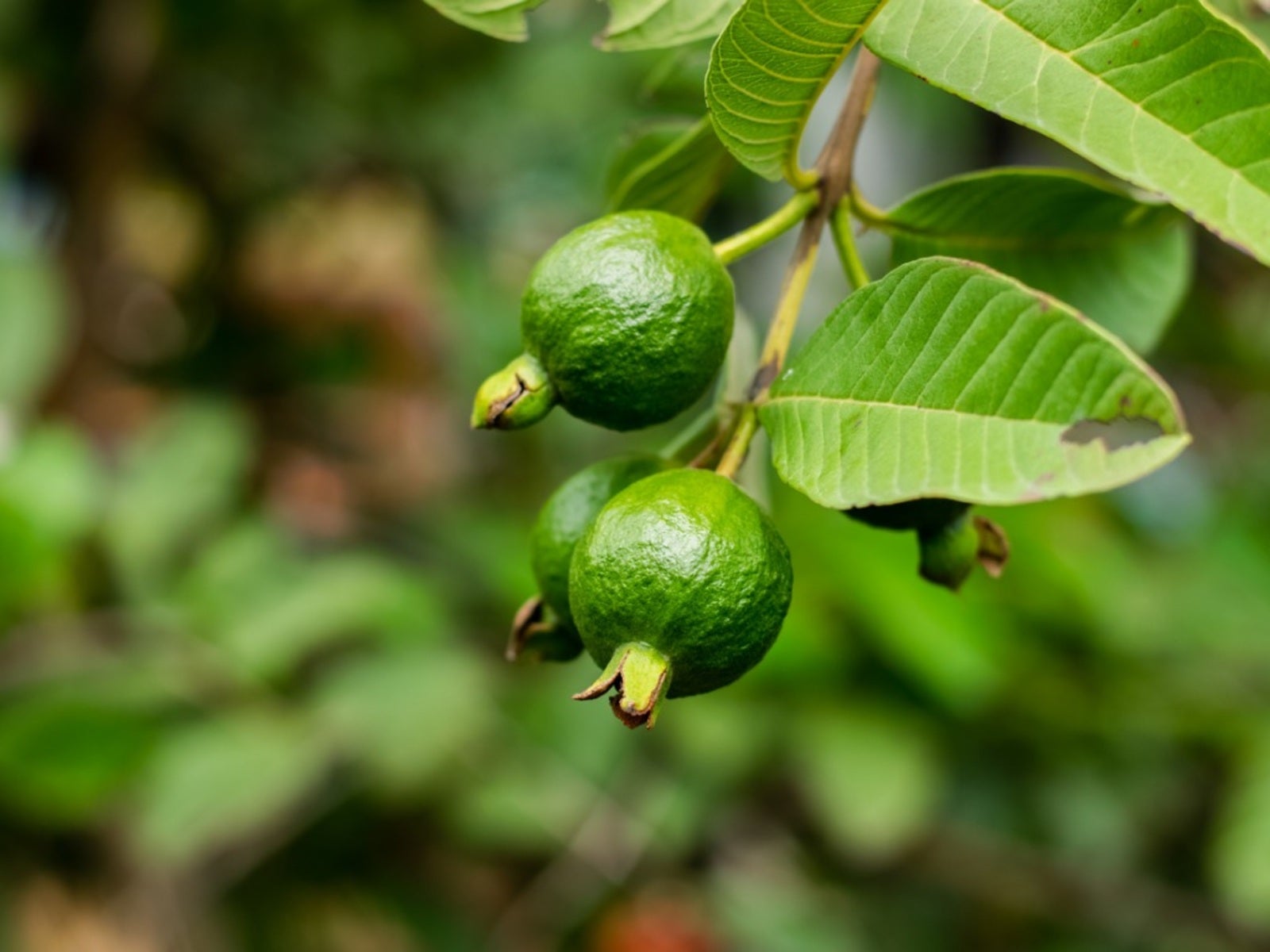Heat Tolerant Fruits - Growing Fruit In Hot Weather


Some people like it hot, and many others just happen to live where summers are steamy. Gardeners in extremely warm climates may be looking for heat tolerant fruit trees that they can grow in their regions.
There are fruits that grow in extreme heat naturally: tropical fruits you can plant in your own hot backyard. But there are also specially cultivated, heat-tolerant varieties of fruits usually cultivated in mild climates. For more information on heat tolerant fruits, read on.
Fruit That Likes the Heat
Plants tend to prefer their native climates and grow best in these conditions. That’s why it makes sense that trees native to tropical climes will produce fruit that likes the heat. These range from the everyday to the exotic.
An example is the exotic dragon fruit (Hylocereus undatus), a vining cactus that only grows in the hottest zones, U.S. Department of Agriculture plant hardiness zones 10 through 11. This fruit - also called strawberry pear – has an outer shell with pink scales.
Growing fruit in hot climates is also easy with cactus varieties. These plants need well-draining soil and plenty of sunlight.
Heat-Tolerant Fruit Trees
The prickly pear cactus (Opuntia ficus-indica) is another plant that thrives in zones 10 and 11 and offers juicy fruit with a tropical flavor. The flowers that produce the fruit are extremely showy and ornamental. The fruit is also called barbary fig and cactus pear.
Guava (Psidium guajava) is another tropical fruit tree native to hot areas of Brazil. It’s a small-sized fruit tree great for container growing. The guava tree produces soft, heat tolerant fruits that taste like a mix of strawberries and pears. These fruits can be eaten fresh or used in jams and chutneys.
Sign up for the Gardening Know How newsletter today and receive a free copy of our e-book "How to Grow Delicious Tomatoes".
Fruits That Grow in Extreme Heat
Growing fruit in hot climates is not limited to tropical species. There are cultivars of ordinary fruits that have been bred to tolerate heat. Watermelon is one. Generally, watermelons don’t like temperatures above 70-80 degrees F (21-26.6 C.), but some cultivars can go even higher. For example, ‘Jubilee’ ‘Crimson Sweet’ and ‘Charleston Grey’ can take temperatures up to 90 degrees F (32 C.).
How about stone fruit like peaches and nectarines? Generally these trees have a fairly long chilling requirement, meaning a period of time when the weather drops into the cold zone. But new, low-chill cultivars with flesh that won’t melt in the heat have been developed in the Florida stone fruit breeding program. For example, 'UFO' is a donut-shaped peach cultivar that has a low chill requirement of only 250 chill units.
For nectarines, try these cultivars that all have an exceptionally low chill requirement. ‘UF Sun’ is a yellow flesh nectarine with red skin. Its chill unit requirement is only 100. Similarly, 'UFBest', also released by the UF breeding program (University of Florida), has yellow flesh and red skin. It also can get by with a chill unit of only 100.

Teo Spengler is a master gardener and a docent at the San Francisco Botanical Garden, where she hosts public tours. She has studied horticulture and written about nature, trees, plants, and gardening for more than two decades, following a career as an attorney and legal writer. Her extended family includes some 30 houseplants and hundreds of outdoor plants, including 250 trees, which are her main passion. Spengler currently splits her life between San Francisco and the French Basque Country, though she was raised in Alaska, giving her experience of gardening in a range of climates.